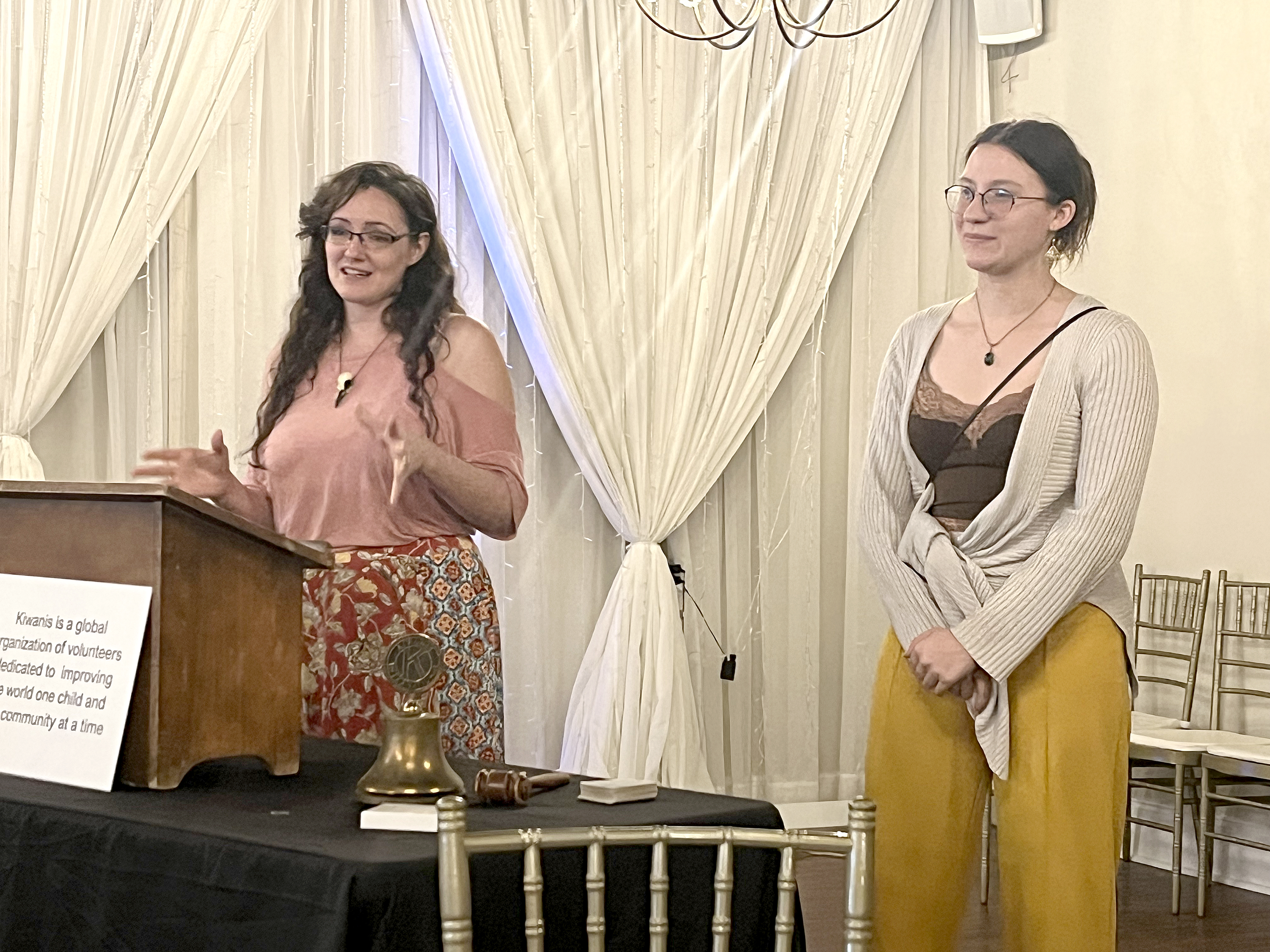Law offers ways to deal with sexual harassment
Published 6:00 pm Wednesday, May 9, 2018
Who do I report sexual harassment to when the employer doesn’t act on complaints?
The law considers sexual harassment to be an illegal form of job discrimination, and victims can seek the intervention of state and federal officials in pursuing redress.
“A discrimination claim can be filed either with the state administrative agency, the Louisiana Commission on Human Rights (LCHR) or the federal administrative agency, the Equal Employment Opportunity Commission (EEOC),” reads a page at workplacefairness.org .
“The two agencies have what is called a ‘work-sharing agreement,’ which means that the agencies cooperate with each other to process claims. Filing a claim with both agencies is unnecessary, as long as you indicate to one of the agencies that you want it to ‘cross-file’ the claim with the other agency. However, some Louisiana attorneys recommend that you file with the EEOC first.”
Keep in mind that the law empowers the LCHR to act on behalf of sexual harassment victims only if their employers have 20 or more workers. The EEOC threshold is 15 or more.
Victims can also pursue legal action on their own, but they must do so within a year of the last case of harassment — or 1 1/2 years if they first filed a complaint with the LCHR or EEOC.
For more information, call the LCHR at 225-342-6969 or the EEOC at 504-589-2329.
{{tncms-inline content=”<p>The Informer answers questions from readers each Sunday, Monday and Wednesday. It is researched and written by&nbsp;<strong>Andrew Perzo</strong>, an&nbsp;<em>American Press</em>&nbsp;staff writer. To ask a question, call 494-4098 and leave voice mail, or email&nbsp;<span class="text_link link_wrap type_eml" data-link-target="informer@americanpress.com" data-link-type="EML">informer@americanpress.com</span>.</p>” id=”88b5507f-502d-46b4-be5c-db301278ec2e” style-type=”info” title=”THE INFORMER” type=”relcontent”}}
‘Removed’ reference to gap in generations
Can you explain cousins and “removed”?
First cousins are your aunts’ and uncles’ children, and second cousins are the children of your parents’ first cousins.
What of your parents’ first cousins? They’re your first cousins “once removed” — meaning the relationship is separated by a generation. The same is true of the children of your first cousins.
In turn, “second cousins once removed” refers to both your second cousins’ children and to your parents’ second cousins. Third cousins are the children of your second cousins once removed.
From a previous Informer column on the subject:
According to the Online Etymology Dictionary, several Indo-European languages — including the famously elaborate Latin — “have or had separate words for some or all of the eight possible ‘cousin’ relationships.”
Among the cousin-kinship words in Latin are “patruelis” (“father’s brother’s son”); “matruelis” (“mother’s brother’s son”); and “amitinus” (“father’s sister’s son”).
Still, despite the specificity of their language, the ancient Romans typically used “consobrinus” (“mother’s sister’s son”) as a generic term for the child of an aunt or uncle. That word made its way through Old French and into English as “cousin.”
Online: www.etymonline.com.
The Informer answers questions from readers each Sunday, Monday and Wednesday. It is researched and written by Andrew Perzo, an American Press staff writer. To ask a question, call 494-4098 and leave voice mail, or email informer@americanpress.com.





